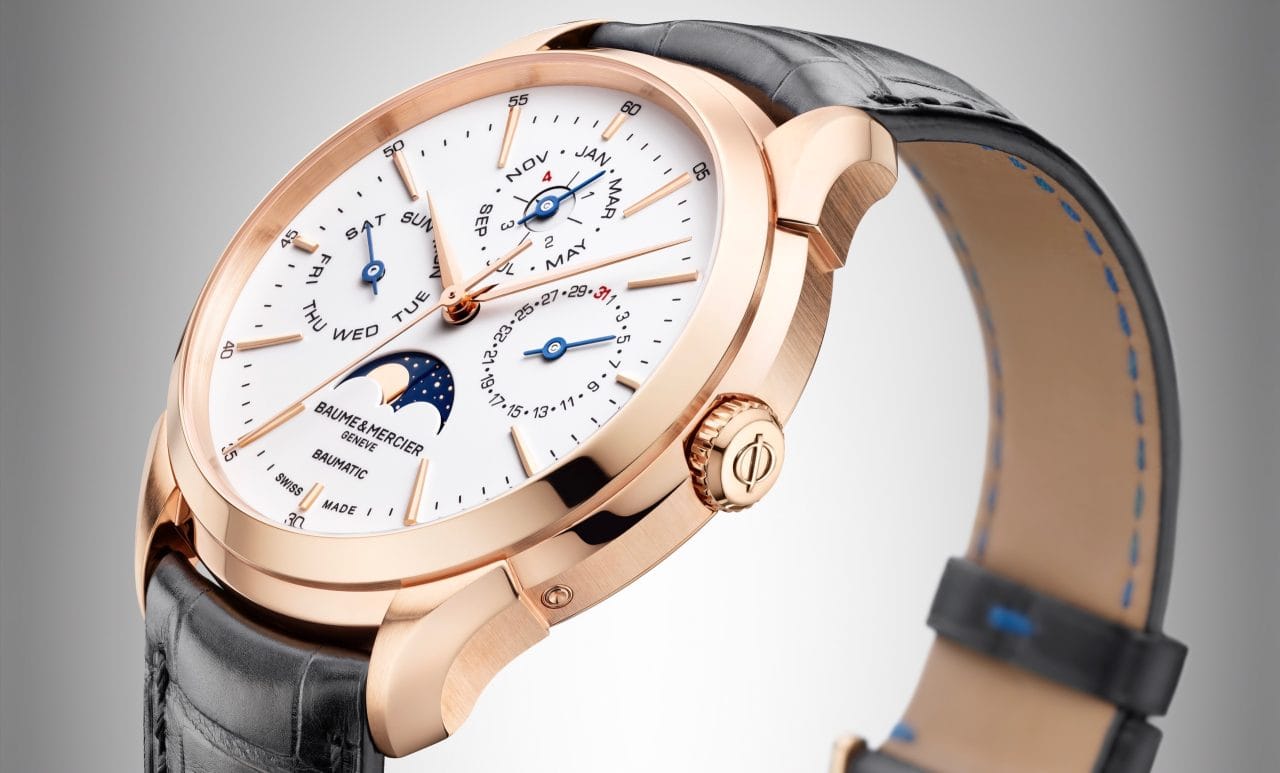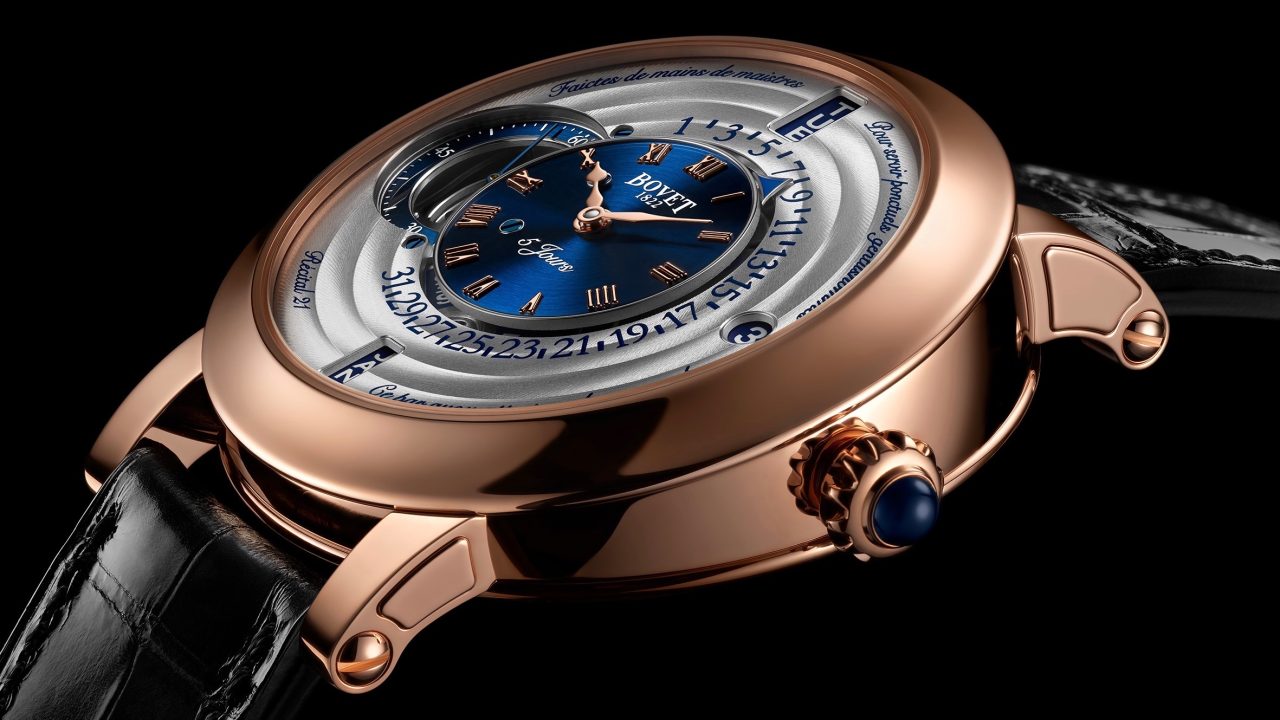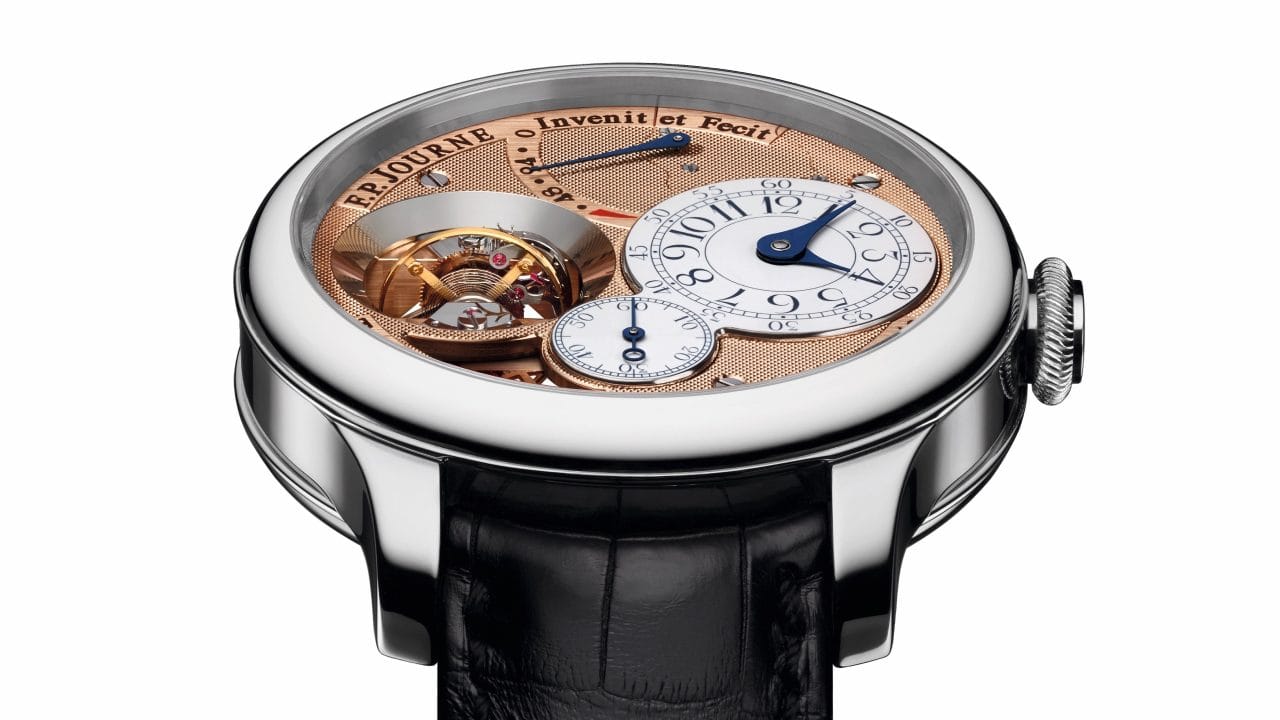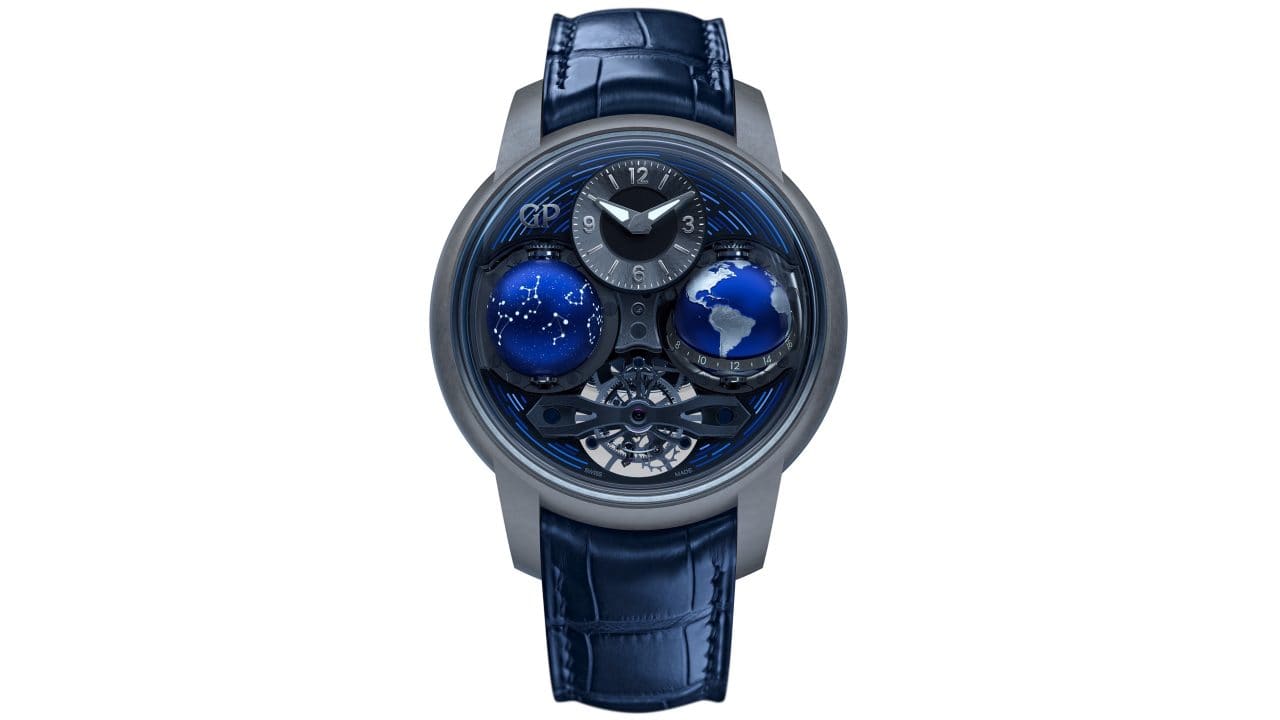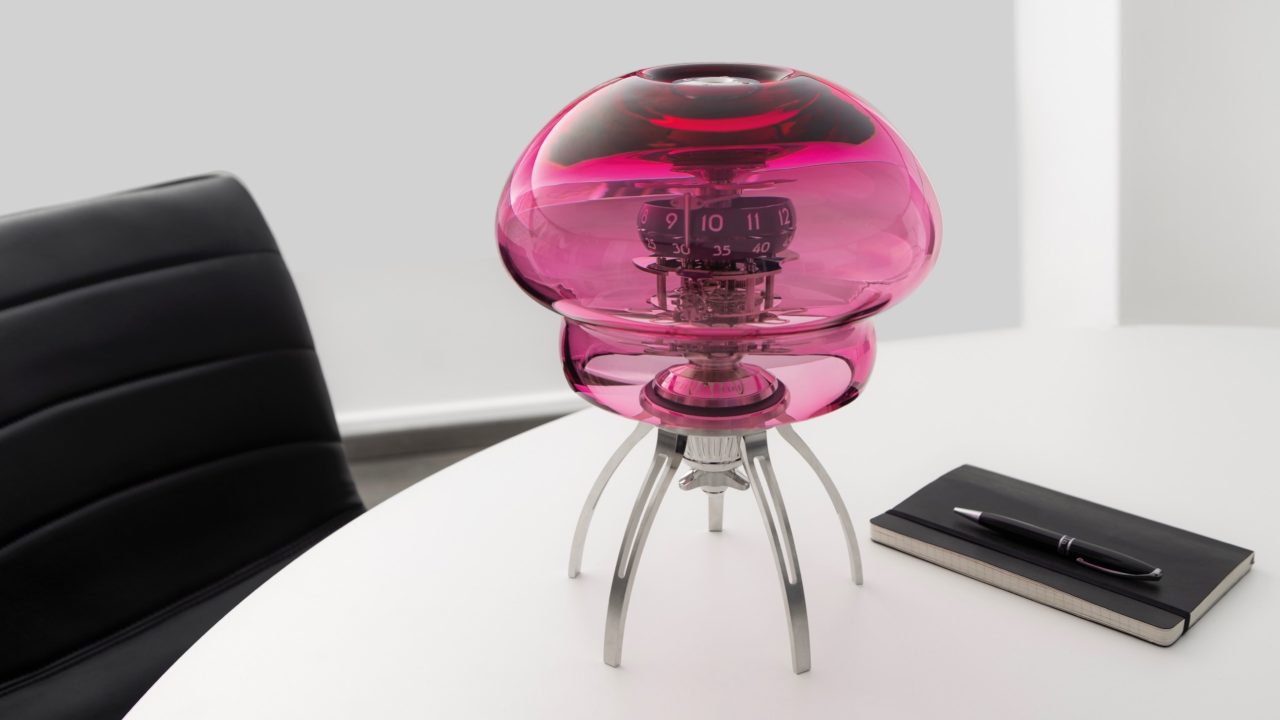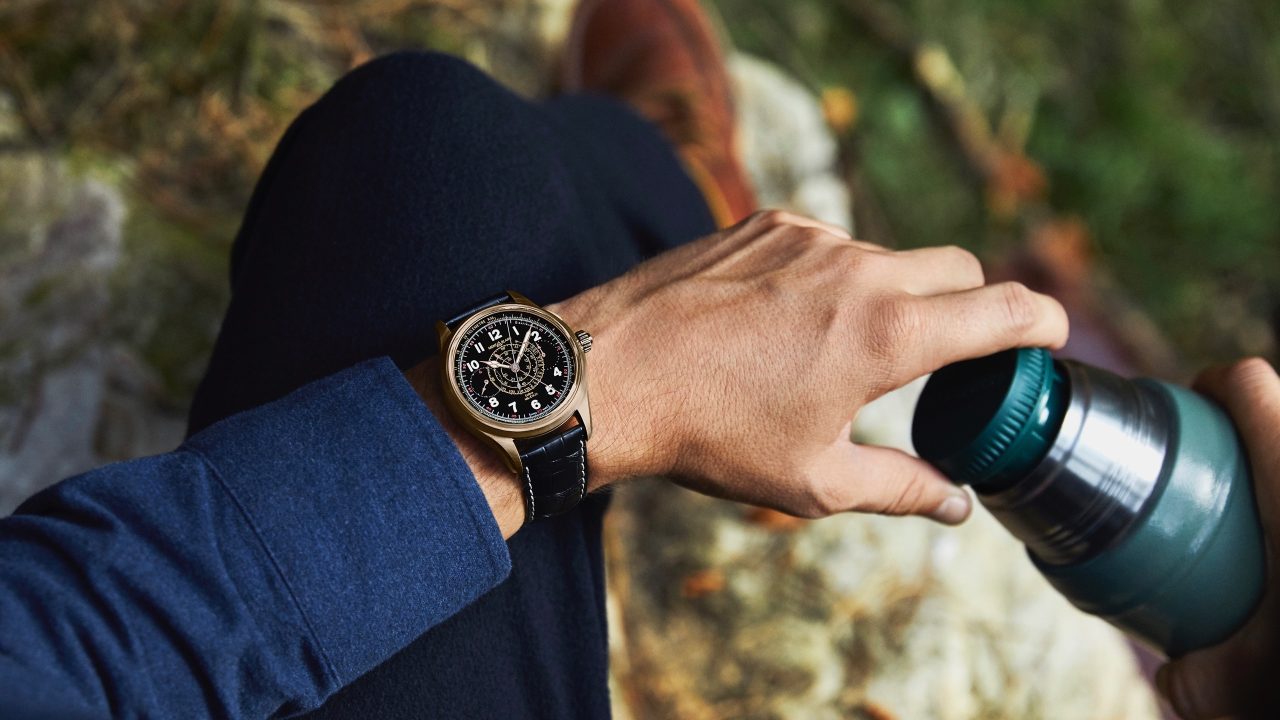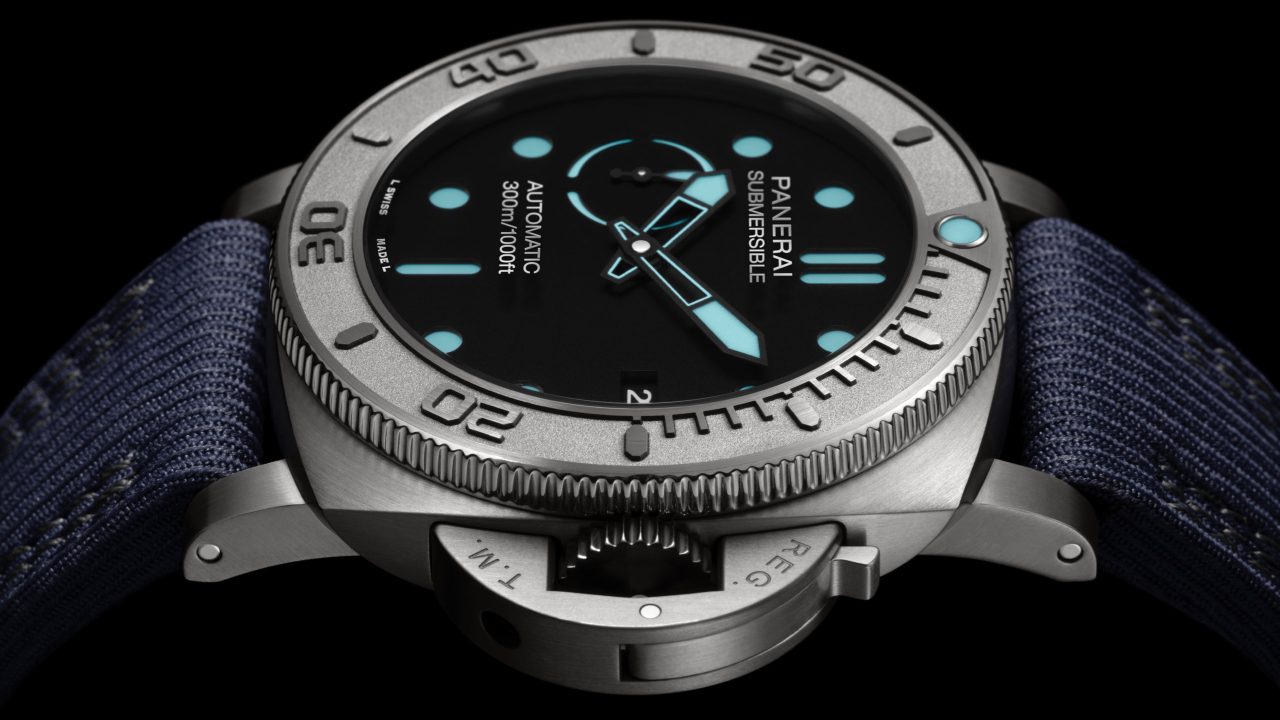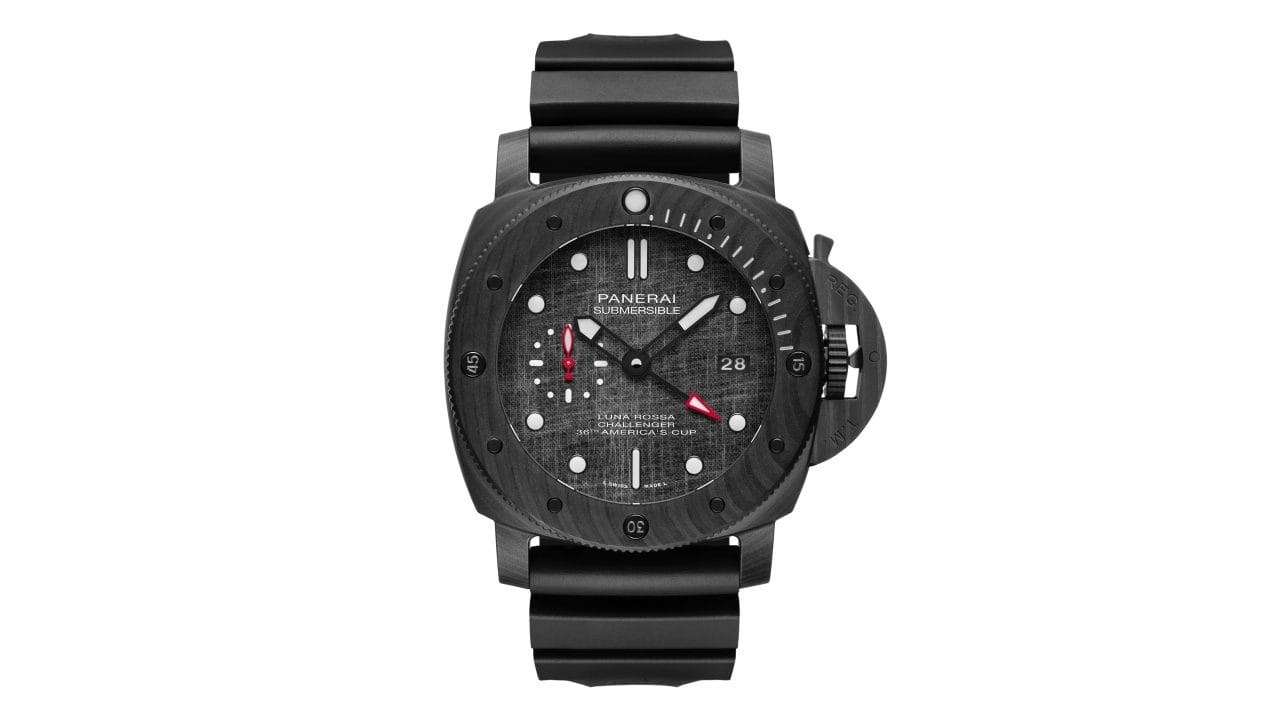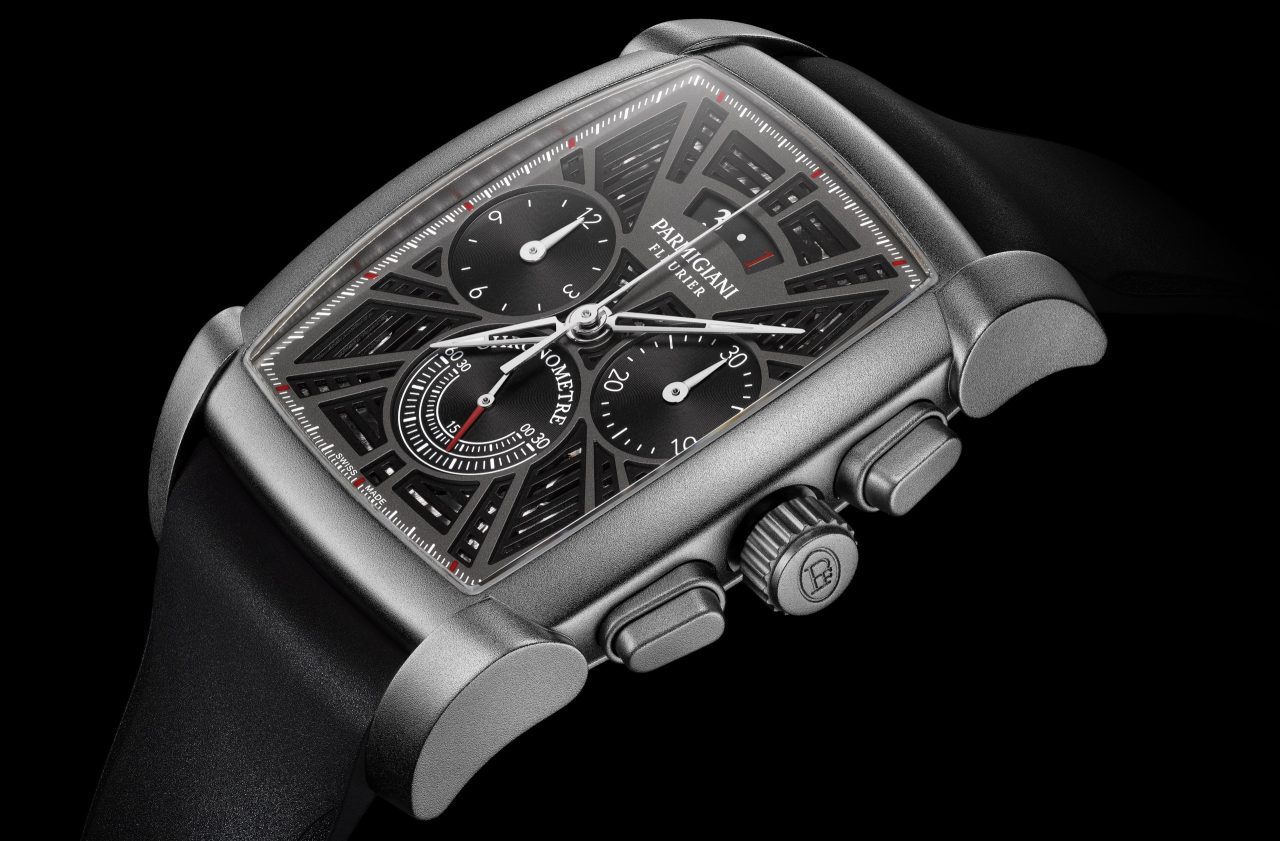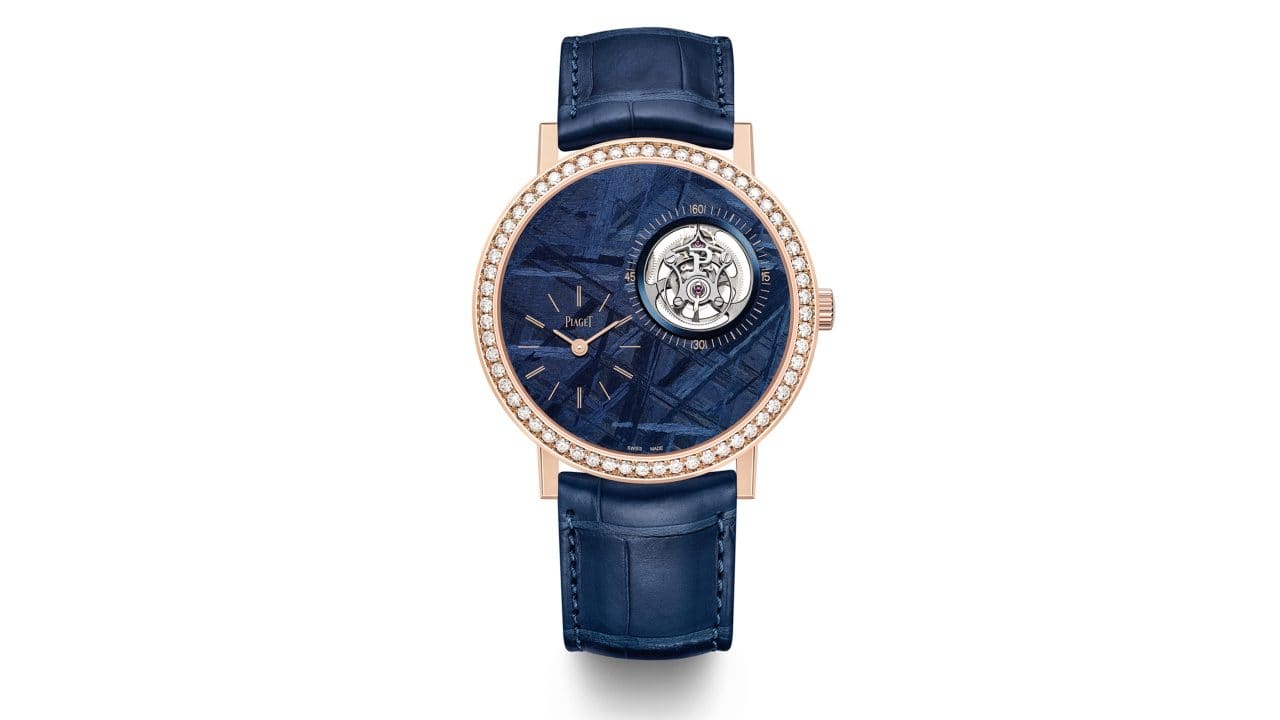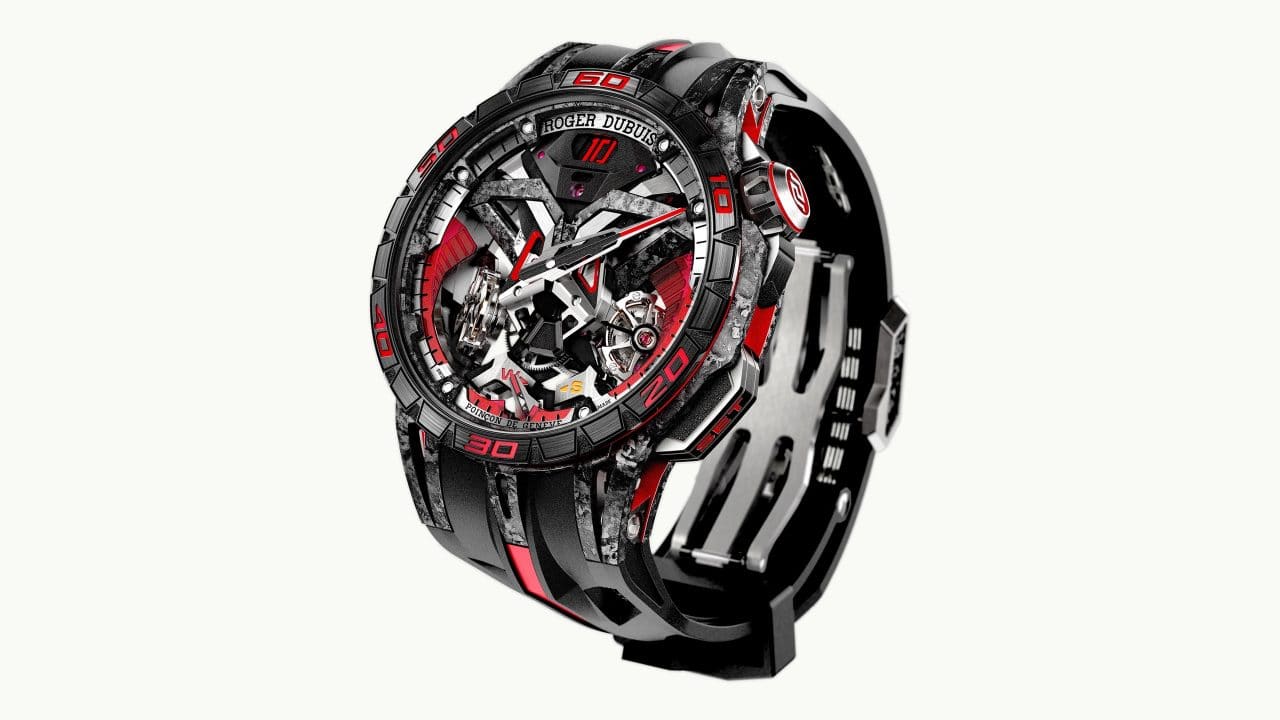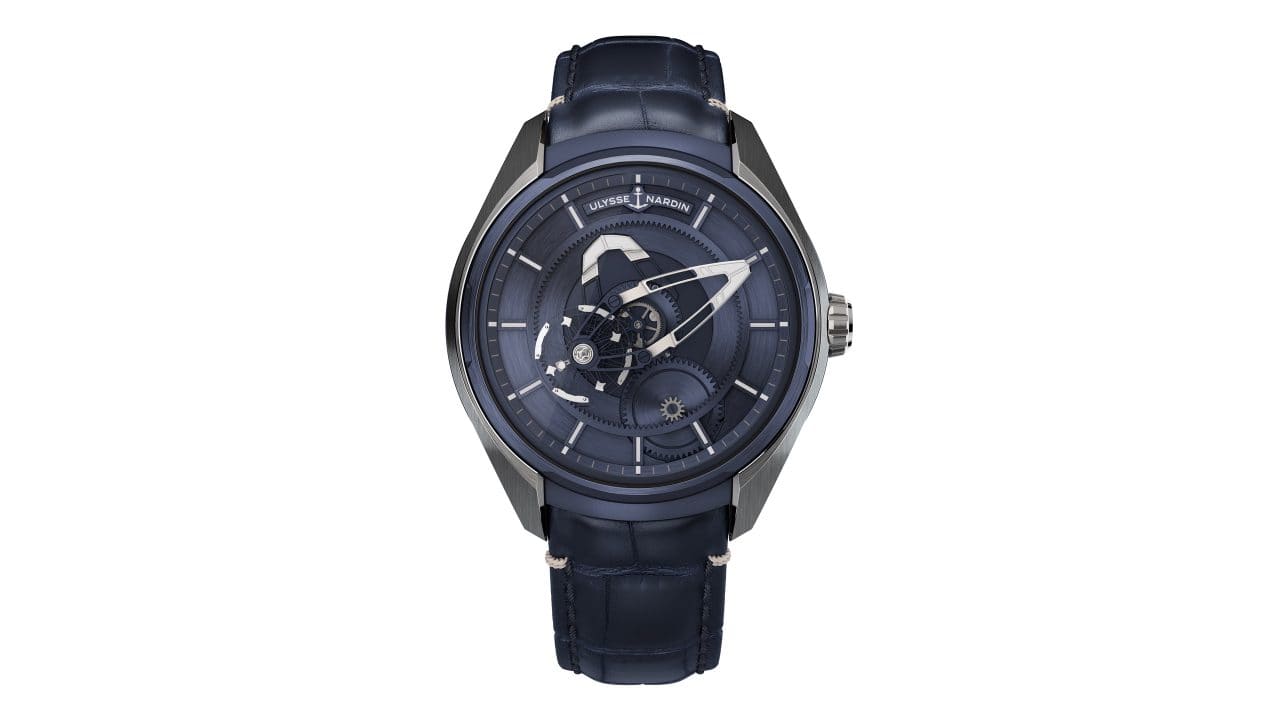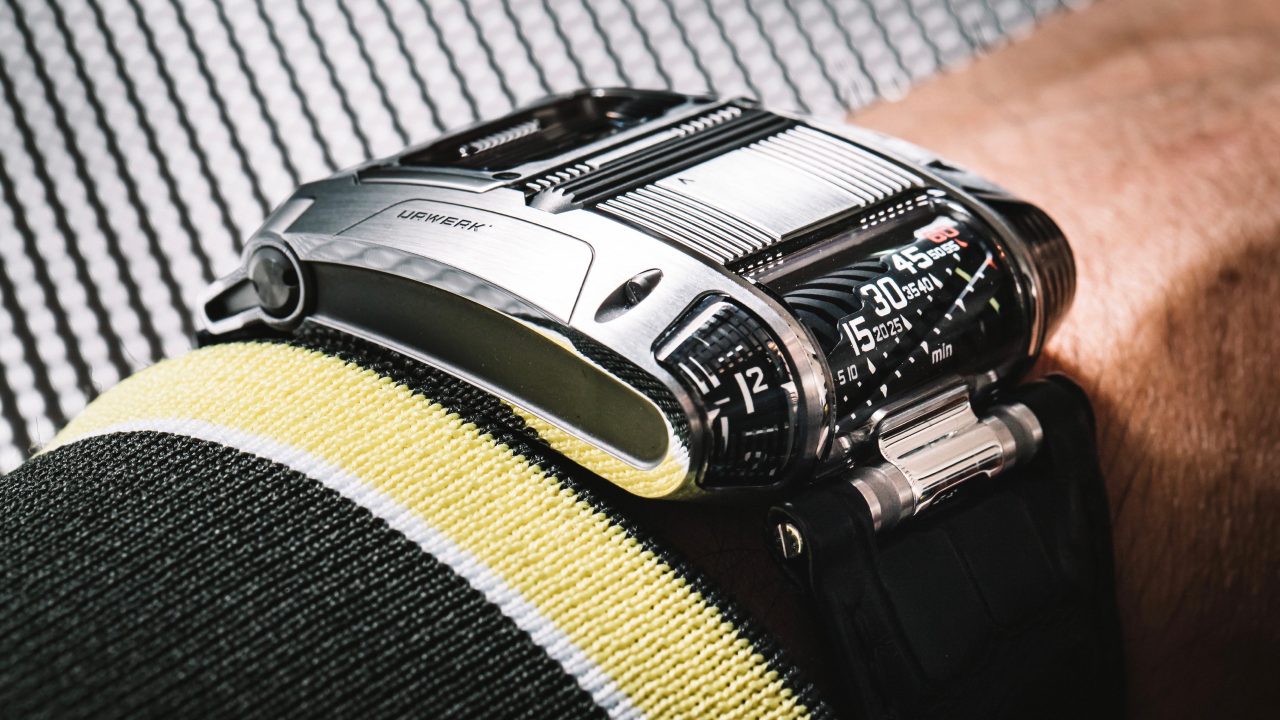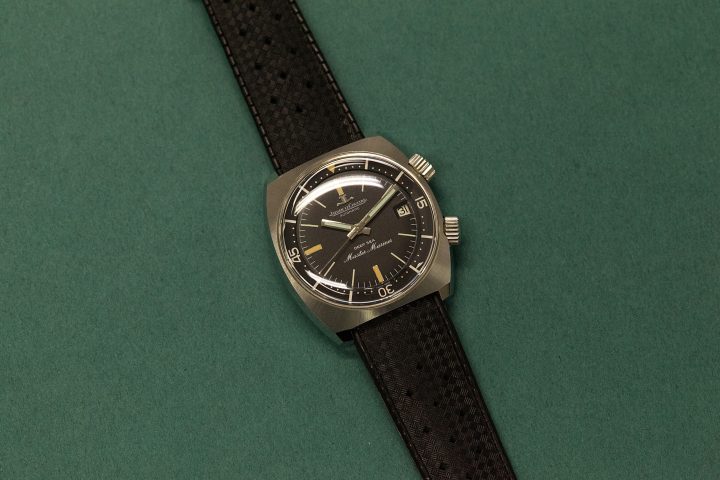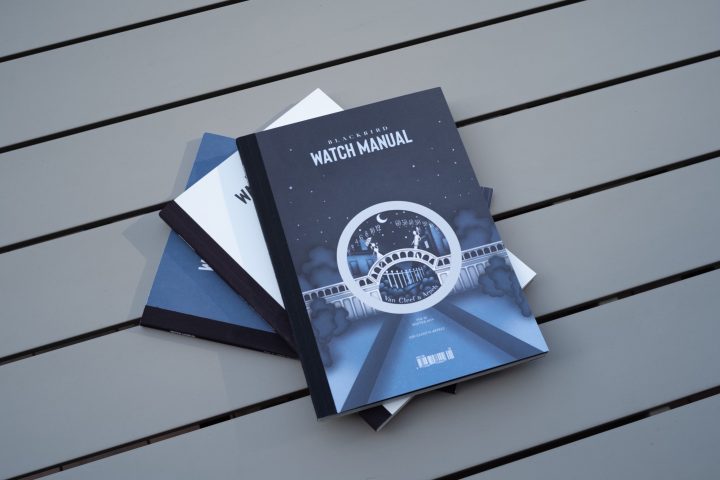With the deluge of new watches arriving at SIHH, it’s tricky to cover all of our favourites in one post. So following on from our previous run down of standout watches, it’s time for part two, taking a look at some of the other pieces that caught our attention.
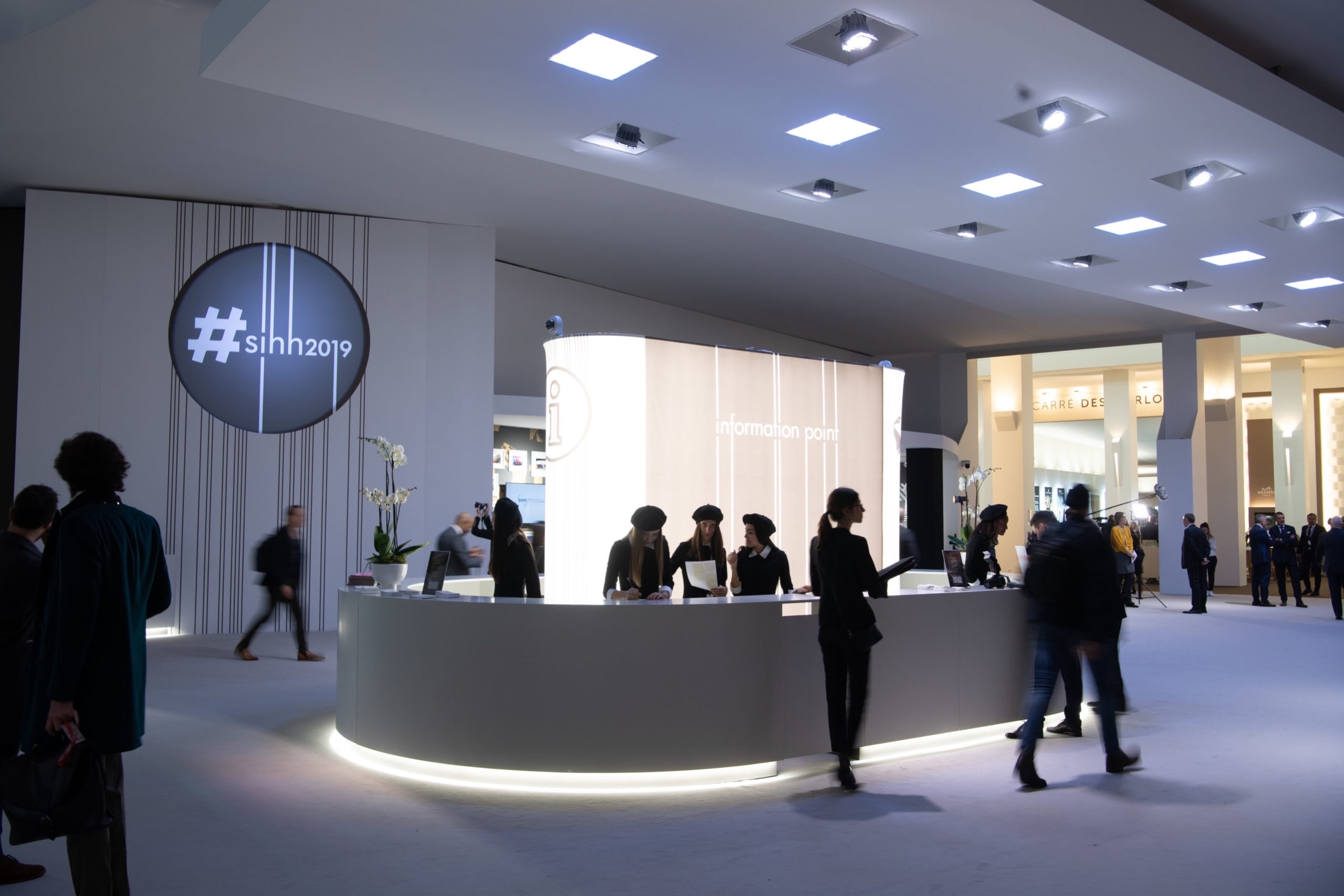
Baume & Mercier – Clifton Baumatic Perpetual Calendar
It could be argued that Baume & Mercier has long held the torch for maintain price points at a reasonable level, when many of the brands in the mechanical watch industry seem to regularly raise the bar to be commensurate with the property prices in Hong Kong. It’s a commendable approach, for it keeps high-end watchmaking within a wider reach, instead of scaring off the less affluent collectors with their sticker price. It’s in this vein that we take notice of the Clifton Baumatic Perpetual Calendar, Baume & Mercier’s latest high-end complication, although this time its horological pedigree is elevated, as it starts with the maison’s own BM13 calibre, which was developed specifically for them by Manufacture Horlogère ValFleurier, a Richemont subsidiary, in cooperation with the group’s research and innovation centre in Neuchâtel. This gives the watch a non-negligible resistance to magnetic fields, a valued characteristic in a world where it seems every smart device bears some magnetic feature. It also has a five day power reserve, and an extended seven year interval for servicing. It gets grafted with a perpetual calendar 55102 module, and yet maintains a very slender profile, with a 12.1mm thickness only. The kicker is that even with its 18K red gold case, it’ll cost a very reasonable US$24,500.
Bovet – Retrograde Perpetual Calendar Récital 21
You would have been hard pressed to not notice the pride displayed by SIHH newcomer Bovet at winning the Aiguille d’Or at the most recent Grand Prix d’Horlogerie de Genève. Not only was the award itself shown in the centre of their booth, the showcases all had golden hands jutting out, as if holding the new timepieces on display. One of these is, perhaps, somewhat subdued compared with the usual Bovet flourish, but it’s one of the reasons why it caught our attention. The Retrograde Perpetual Calendar Récital 21 may look like it has an astoundingly traditional (for Bovet) round case; take a closer look though, and you’ll see that it has what Bovet calls a “writing desk” profile, such that the top half of the case is significantly thicker than the lower half. It nonetheless sits well on the wrist and lends itself to an easy reading of the perpetual calendar indications. In the centre sit the usual hour and minute hands, surrounded by a retrograde date, which has a trick up its sleeve; the jump back to the first day of each month is controlled and slowed down, not only so you can see it better in action, but also to improve the reliability of the mechanism in the long run.
F.P. Journe – Tourbillon Souverain Vertical
Wind the clock back some 20 years, when a much younger François-Paul Journe launched his namesake brand; what better way to hit the ground running than by starting off with a tourbillon, the classical mechanism attributed to one of his key inspirations, Abraham Louis Breguet. Now older and wiser (arguably), Journe is applying the tangential approach he has developed over the past two decades on the anniversary of the tourbillon, with the introduction of the Tourbillon Souverain Vertical. It retains the natural deadbeat seconds mounted on the constant force device of its predecessor, but turns itself literally on its head, by being mounted vertically relative to the baseplate, rather than horizontally. It does lead to a significant increase in the dimensions, with a 42mm case and a thickness of 13.6mm, yet it remains quite wearable even on more diminutive wrists. It’s certainly unusual to examine the tourbillon mechanism at work, made the more visible as it rotates on itself once every 30 seconds, rather than the usual once every 60 seconds. Journe, somewhat bluntly, states the rationale was to ensure that the tourbillon’s function remains the same, whether you tend to place the watch at rest on its back (flat), or on its side, depending on your preference for a pin or a folding buckle. Just as a finishing touch, the Tourbillon Souverain Vertical comes with Journe’s first ever enamel dial.
Girard-Perregaux – Bridges Cosmos
Girard-Perregaux was particularly inspired by the colour blue this year, which dominated most of their SIHH introductions. It’s the Bridges Cosmos though that truly stood out, with its very distinctive twin spheres rotating in unison. It’s presented in a 48mm titanium bead-blasted case, but the various displays warrant such dimensions. On the left, the titanium sphere depicts a sky chart with several of the zodiac constellations highlighted in luminescent hydroceramic, making one full rotation in a precise sidereal day (which is 23 hours, 58 minutes and four seconds, if you must know). It can also be customised, should you want to highlight a particular constellation. On the right, you have a miniature Earth rotating, with a 24-hour ring circling the equator, and the engraved continents also highlighted with luminescent hydroceramic, creating a particular light show in darkness. You could be forgiven for not having yet noticed the time indication at the top, and the signature Girard-Perregaux tourbillon under a bridge at the bottom. Turn the watch around to access the hidden keys, instead of crowns, so that the time and the spheres can be set independently, while a clever lever is lifted in order to wind the watch. The sapphire case back also allows the two spheres to remain visible.
MB&F – Medusa
If there’s a constant with MB&F, it’s that Maximilian Büsser and the friends he collaborates with never fail to surprise. For its 10th collaboration with clockmaker L’Épée 1839, MB&F unveiled the Medusa. Rest assured that it has little to do with the mythological Greek monster, although you are certainly invited to take a prolonged look. Inspired by the shape of the jellyfish, the Medusa presented several significant challenges. First, the clock mechanism had to be constructed to allow for the time indications to be clearly visible while remaining easily accessible for time setting and winding, bearing in mind that the glass structure would certainly require some stabilisation. This was achieved in the vertically constructed movement by putting a single adjustment control in the form of the propeller at the bottom, which, when rotated anticlockwise winds the movement, while clockwise allows for the time to be set. The one-handed operation allows you to hold the glass itself at the same time. Another unusual feature is that the clock can be hung from the ceiling, in a configuration that allows the Murano glass “tentacles” to be attached in lieu of its metal stand. Luminous treatment of the time display and other details make the Medusa even more akin to its organic counterpart at night, as It emulates the luminescence found in certain jellyfish. The glass of the Medusa presented its own set of challenges, due to the shape and optical clarity requirements, not to mention the three colours (green, blue or pink) on offer, such that only one of the 40 artisans approached was able to deliver the specified glass for this unusual timepiece.
Montblanc – 1858 Split Second Chronograph
Montblanc certainly had a penchant for bronze cases matched with green dials this year, but we’d like to bring your attention to what turned out to be a crowd favourite in Geneva: the 1858 Split Second Chronograph. It features a large 44mm bronze case, which is treated so that it will develop a more pleasing, darker patina, in a somewhat controlled fashion over time. To each their own, but we certainly prefer this approach to some of the other bronze cases of recent years, which are left untreated and react more drastically to the elements. The black dial shows twin chronograph scales, one telemetric, the other tachymetric, without feeling overly crowded, thanks to the generous dimensions. The pièce de résistance is, of course, the MB M16.31 calibre, yet another fine example of the classical know-how embodied at Montblanc’s Minerva facility in Villeret. There is good reason to turn the watch over and spend a significant amount of time admiring the construction and finish of the large movement, with its split-second module easily visible near the signature Minerva arrow. It stands out as well by being one of the very few split-second monopusher chronographs that we’re aware of. The fact that there will only be 100 pieces made will ensure that it remains a rare sighting.
Panerai – Submersible Mike Horn Edition 47mm
Panerai’s Submersible watches are now considered a separate product line, which will continue to be developed alongside the Luminor and Radiomir collections. Submersible will be reserved for, as you might expect, the sportier timepieces where Panerai will use more cutting-edge materials. This year sees numerous examples of this, with several Carbotech Submersibles on offer, and a new BMG-Tech as well. Panerai is also about partnerships, with a rather unique series of watches dubbed “Experience”, where the buyer will then be able to participate with the relevant brand ambassador on unique adventures befitting the true adventurers. One of these is with none other than famed explorer Mike Horn, who has been associated with Panerai for more than 17 years, and now sees his name on the Submersible Mike Horn Edition, in Eco-titanium, made of recycled titanium, with a strap made of recycled PET, highlighting the environmental awareness and protection that is dear to the explorer’s heart. You’ll be able to distinguish the Experience edition by the blue highlights, differentiating it from the couch potato version, and which will only be available to the 19 brave souls who will accompany Mike Horn on an expedition to explore the Arctic ice floes. You should be aware that it will not be a cake walk; although Mike is a more than capable guide, you will be expected to have some measure of physical fitness that will enable you to safely accompany him on this adventure.
Panerai – Submersible Luna Rossa
Thanks to the aforementioned fact that the Submersible line is now a separate collection, there was no shortage of interesting watches launched in the distinctive 47mm case. Collaboration was clearly the name of the game for Panerai this year, with not only the piece for Mike Horn launching, but also other Experience limited editions with the renown free diver Guillaume Néry and another with the Italian Navy’s elite COMSUBIN Commandos. There was another watch that singled the launch of a new partnership, and that was the Submersible Luna Rossa. Sailing has long been a part of Panerai’s heritage, best exemplified through their boat Eilean and the Panerai Classic Yachts Challenge, but this new collaboration displays a move into more contemporary maritime racing as team Luna Rossa will be the Challenger of Record for the 2021 Americas Cup. Now that the AC75 boat design has been launched with its futuristic twin canting T-foils design, it is not surprising that Panerai went with their technologically advanced Carbotech for the case material, and the extremely cool dial which is made of a piece of the sail provided by Luna Rossa. Reminiscent of the “linen” dials produced in the 1970s and 1980s, it provides a hint of nostalgia on an extremely contemporary watch.
Parmigiani Fleurier – Kalpagraphe Chronomètre Titanium
For those who are in search of a timepiece that stands out from the crowd, and yet ticks all the sweet spots that appeal to the horological cognoscenti, you might want to take a closer look at the Parmigiani Kalpagraphe Chronomètre Titanium. First of all, the tonneau case of the Kalpa collection is very distinctive and instantly recognisable as a Parmigiani. While the maison has previously used titanium, primarily in the Tonda and Bugatti collections, it’s the first time (that we’re aware of) that it has been used in the Kalpa collection, and it takes a strong turn towards sportiness with its micro-blasted matte finish, which is nicely complemented by the matching open-worked dial. The dark theme is extended to the darkened platinum winding rotor, guilloché with a barley grain pattern. The lightweight material goes a long way towards making the large 48.2 x 40.4mm case comfortable on the wrist, and the horological pedigree is further established by the use of a shaped movement that is also a fully integrated chronograph, a particularly rare find when those two aspects are combined in one watch. The PF362 calibre, unveiled only last year, required six years of development, and beats at 5Hz, allowing for chronograph readings to 1/10th of a second.
Piaget – Altiplano Tourbillon
It’s hard to forget the impact Piaget’s Altiplano Ultimate Concept made just a year ago; the maison has always been obsessive about searching for the very limits of thinness in a mechanical watch, and may have reached it with the Ultimate Concept, which you could genuinely take for a cardboard mock-up until you see the movement in action. For 2019, Piaget chooses instead to focus on the métiers d’art, showcasing its prowess as a jeweller and its mastery of utilising different materials to produce works of art. We were particularly taken by the Altiplano Tourbillon and its bleu meteorite dial. The etchings to the dial, which make each one unique, are called Widmanstätten patterns, named after the Austrian scientist Alois von Windmanstätten who discovered them in 1808; they are produced when a weak acid is applied to the cross section of certain iron meteorites. Combined with Piaget’s know-how in gem-setting, exemplified by the 85 diamonds set into the bezel, and the mesmerising tourbillon at 12 o’clock of the ultra-thin hand-wound 670P calibre, the Altiplano Tourbillon truly exemplifies Piaget’s skill across the disciplines involved in haute horlogerie.
Roger Dubuis – Excalibur One-Off
Car and watch partnerships have existed in a plethora of forms for decades, but Roger Dubuis have taken perhaps the most integrated approach in their collaborations with Lamborghini Squadra Corse and Pirelli. The Excalibur One-Off showcased this year is the perfect embodiment of these relationships, which displays all of the visual impact of hypercars such as the Lamborghini SC18 Alston that took centre stage on the Roger Dubuis stand at SIHH, as well as subtle design details that can take a while to soak in. Taking a measure of inspiration from the first one-off road car produced by the motorsport devision of Lamborghini, such as the aggressive angular lines of the calibre, the use of carbon SMC for the case and movement bridges, the application of ceramic to the bezel which is used on the SC18 Alston for the brakes, the choice of typography which mirror that used by Lamborghini, and the function selector button at 4 o’clock to choose between winding and setting that is similar in style to the one mode selector used on the car. The double flying tourbillons angled at 90 degrees to each other reinforce the horological content of the watch, as well as the double disk jumping hour indicator at 12 o’clock, also allowing for a single minute hand that is modelled after the rev-counter needle used in Sant’Agata. The other intriguing feature is the strap which was developed with Pirelli, and features a mesh integrated into the rubber to make it lightweight and breathable, as well as nylon fibre reinforcement in the same way Pirelli tires are constructed. While this particular watch is a unique execution partnered with the SC18 Alston, there is the possibility that some elements of the design and movement may filter in to future products from Roger Dubuis.
Ulysse Nardin – Freak X
It’s amazing to think that the Ulysse Nardin Freak was first introduced in 2001. Its signature design, with the movement itself being used to indicate the hours and minutes, has become truly emblematic of the maison and its innovative streak; remember that Ulyssse Nardin would be the very first brand to put silicon components into a production watch. That level of complexity though came with an equally lofty price tag, which made the Freak and its successors a relatively rare sight on the wrist of collectors. For the past two years, Ulysse Nardin has sought to bring that barrier to entry down, and now presents the Freak X collection, which starts at a comparatively accessible US$21,000 for the titanium models. That price point was made possible by shedding some of the more complex mechanisms and onerous components, such as the bezel that acted as the time setting device, replaced with a traditional crown, and the constant force mechanism. Generally, the movement has been simplified, visibly operating with fewer wheels, but it does retain a silicium balance wheel and the baguette movement construction which allows it to rotate on itself, with the central bridge showing the minutes while one of the wheels indicates the hours. An additional change is that the Freak X is presented in a more wearable 43mm case, although we’d hesitate to call it stealthy by any stretch of the imagination.
Urwerk – UR-111C
Urwerk has built a reputation for telling time through unusual variations of the wandering hour display, best exemplified by watches such as the UR-103, UR-202, and the brand’s collaboration with Harry Winston, the Opus V. These previous pieces have achieved the effect as one would expect, where the hours are on satellites (both disc and cube shaped) that rotate around a hub indicating the minutes, but with the recently released UR-111C, things are a bit different. Something of an evolution of another model, the UR-CC1 King Cobra that was released in 2009, the UR-111C indicates the minutes with a yellow stripes that progresses across the cylindrical display on the front edge of the watch case. There is an hour indicator to the left and a precise minute indicator to the left, but it is the contra-rotating discs for the running seconds display that are even cooler; shown on the top of the case, they appears to be projected onto the sapphire, thanks to an incredibly intricate bundle of optical fibres (the same used in telecommunication networks) that sit a fraction of a millimetre above the actual indicators and draw light down, providing a measure of magnification and illumination. Below this is a roller for winding the watch, with a lever on the side of the case to enable time setting. Significantly more wearable that some of Urwerk’s previous watches, even with its large dimensions, the ergonomics are achieved with a gently curved case and pivoting lugs, that fits the wrist nicely.
